Studies in Telugu Linguistics
Telugu, the native language of 74 million people is, according to the 2001 Census, the third largest spoken in India. It is one of the twenty-two VIII Schedule Languages of India and is the Official Language of Andhra Pradesh. With written documents dating from Early Christian era and rich literature from the 11th century, it was declared a classical language by Government of India in 2008.
The fourteen papers published in this collection were written and published during the last centuryin different professional journals and books. Almost all of them are seminal in conception and implementation. The analysis and interpretation of linguistic facts contained in them have not been proposed or discussed by earlier shcolars. For instance, the methodology proposed by the author for the preparation of dialect dictionaries of terms used in native occupations in Telugu (Ch 8) has no parallels in South Asian languages; so are the morphological analysis of the finite and non-finite verbs in Old and Modern Telugu (Ch1), syntax and semantics of causative and stative predicates (Ch 4,5,11), formation of complex predicates (Ch 3, 10), which facilitate computerization. Similarly, the rules of sandhi and the rules underlying the observance of politeness in Telugu (Ch 2, 9, 13), a new texonomy of Telugu texts (Ch 12), and an analysis of the structure of Telugu proverbs (Ch.14), are no less important.
Get it now and save 10%
BECOME A MEMBER

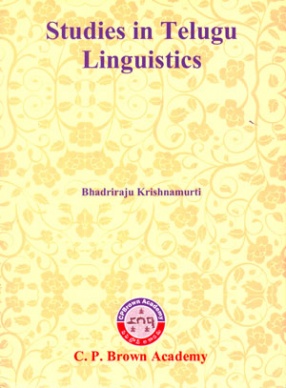
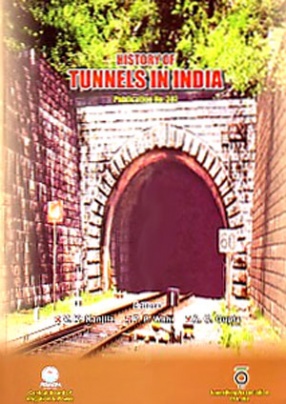
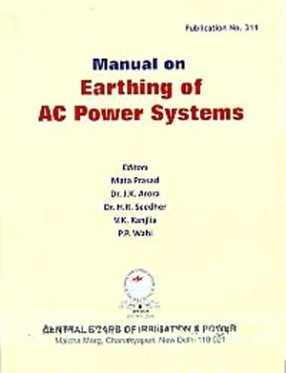
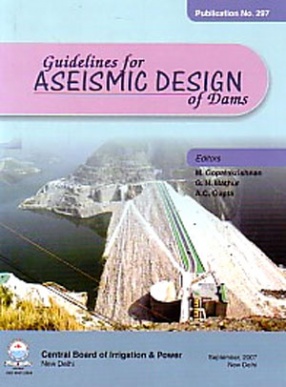
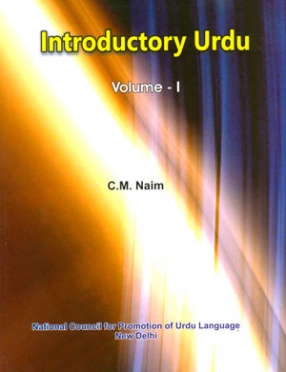
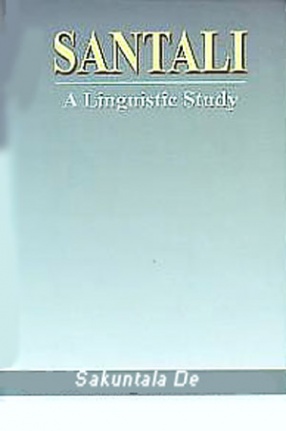
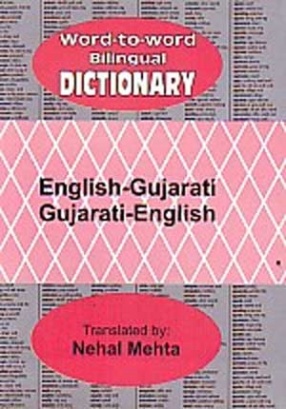
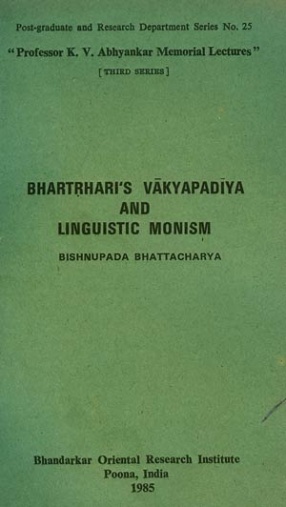

Bibliographic information